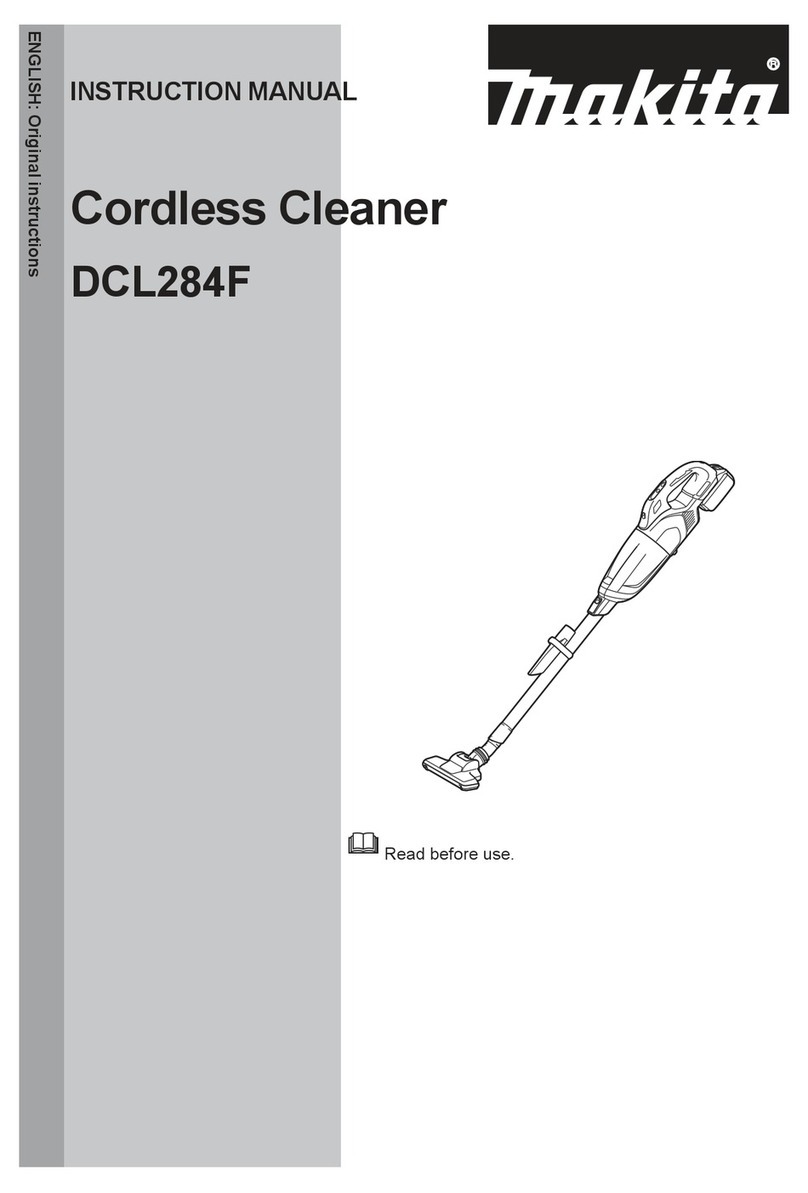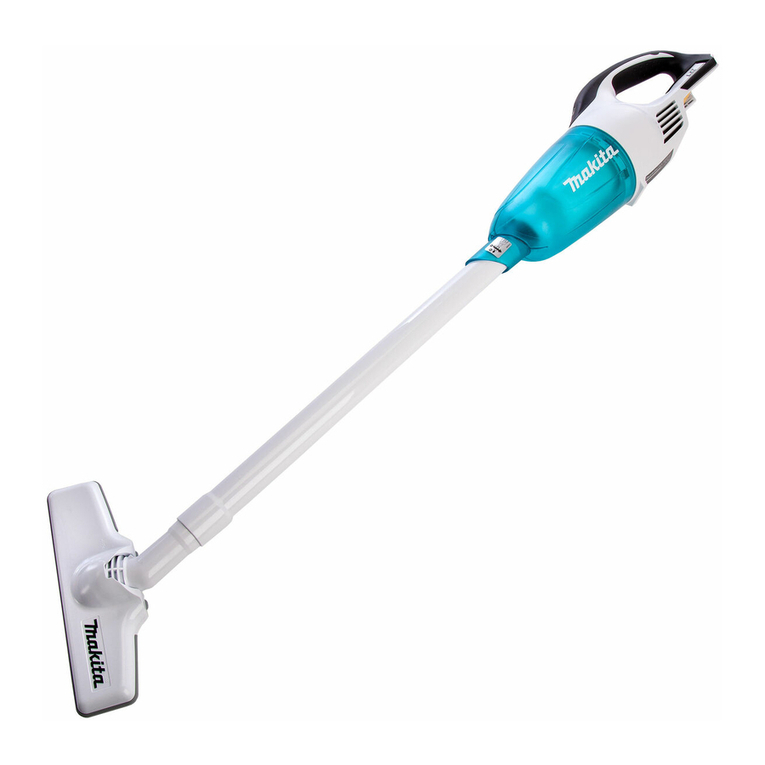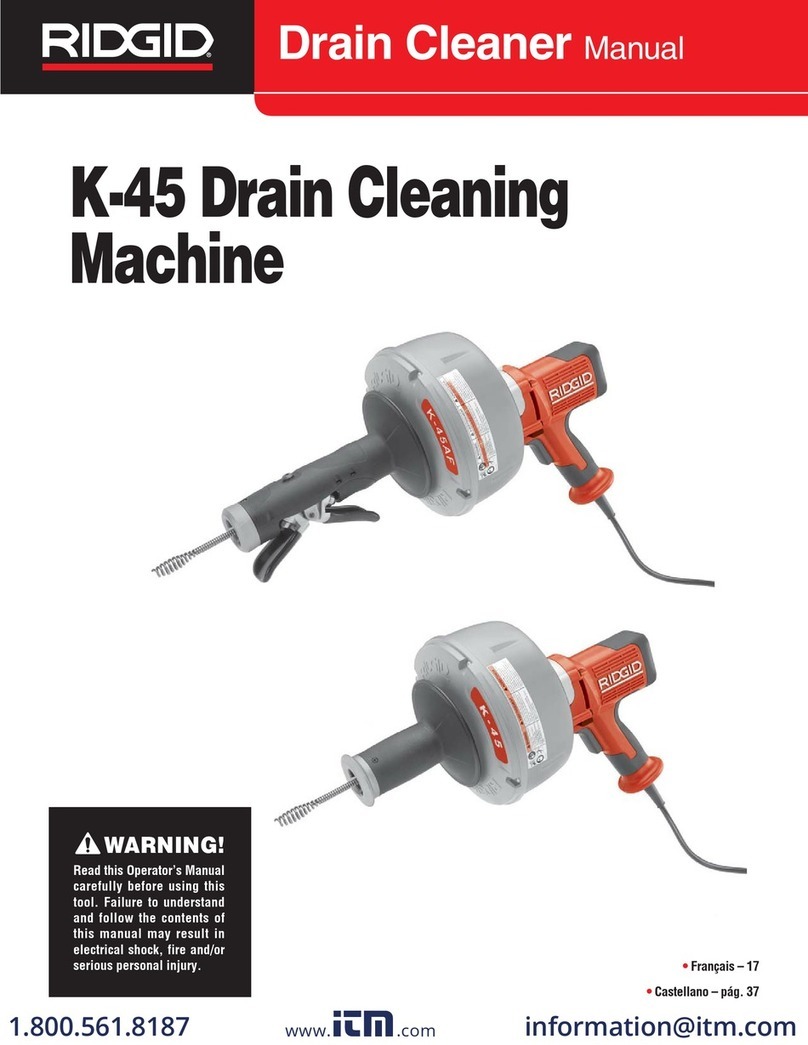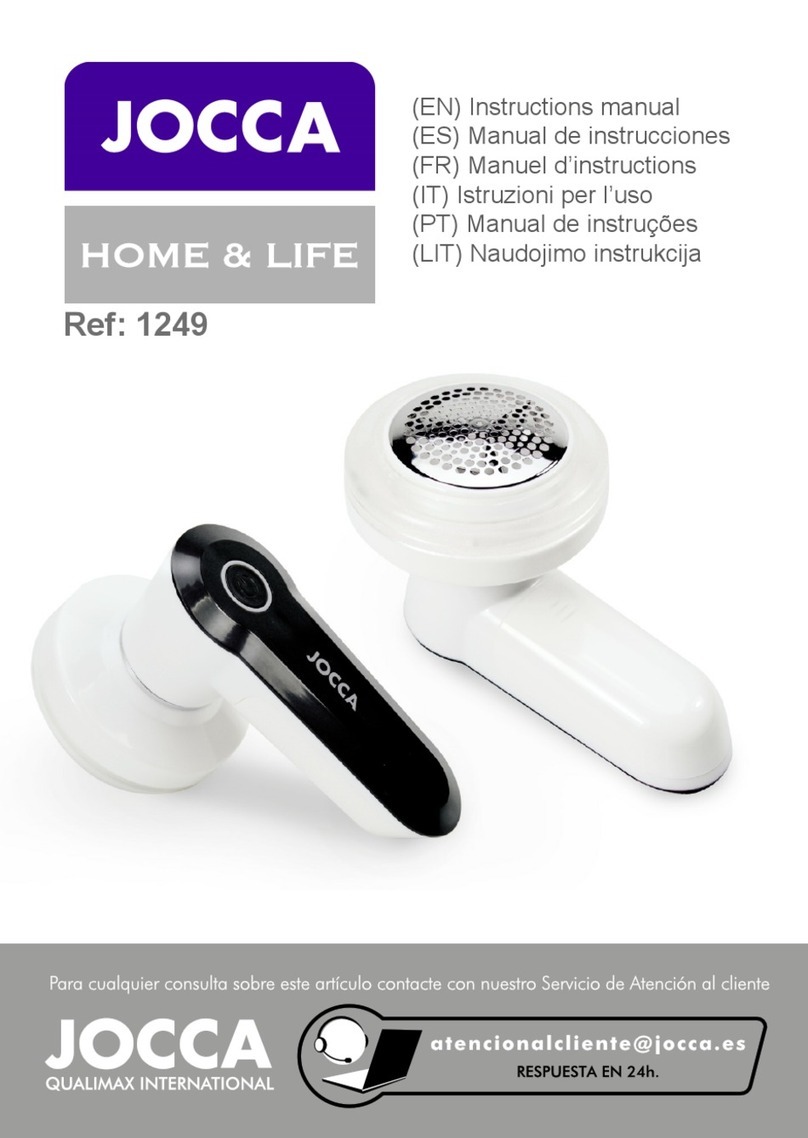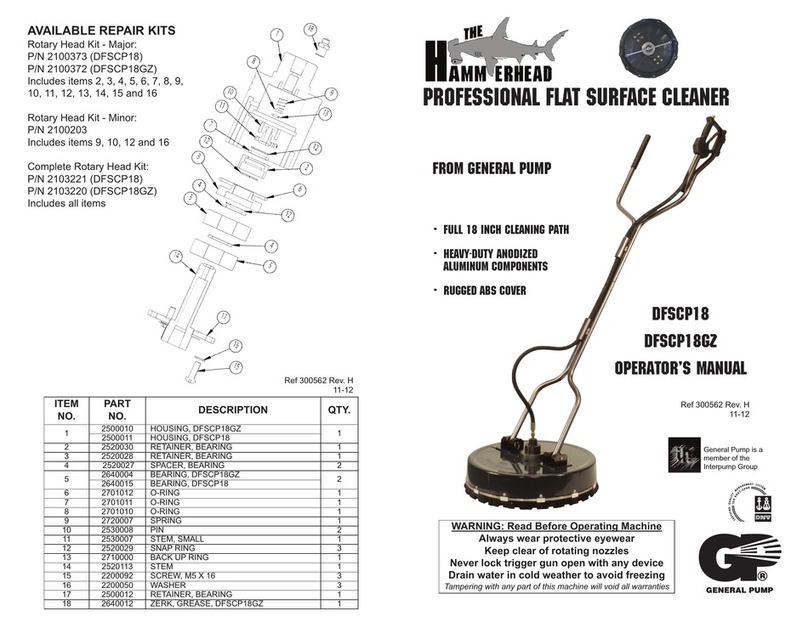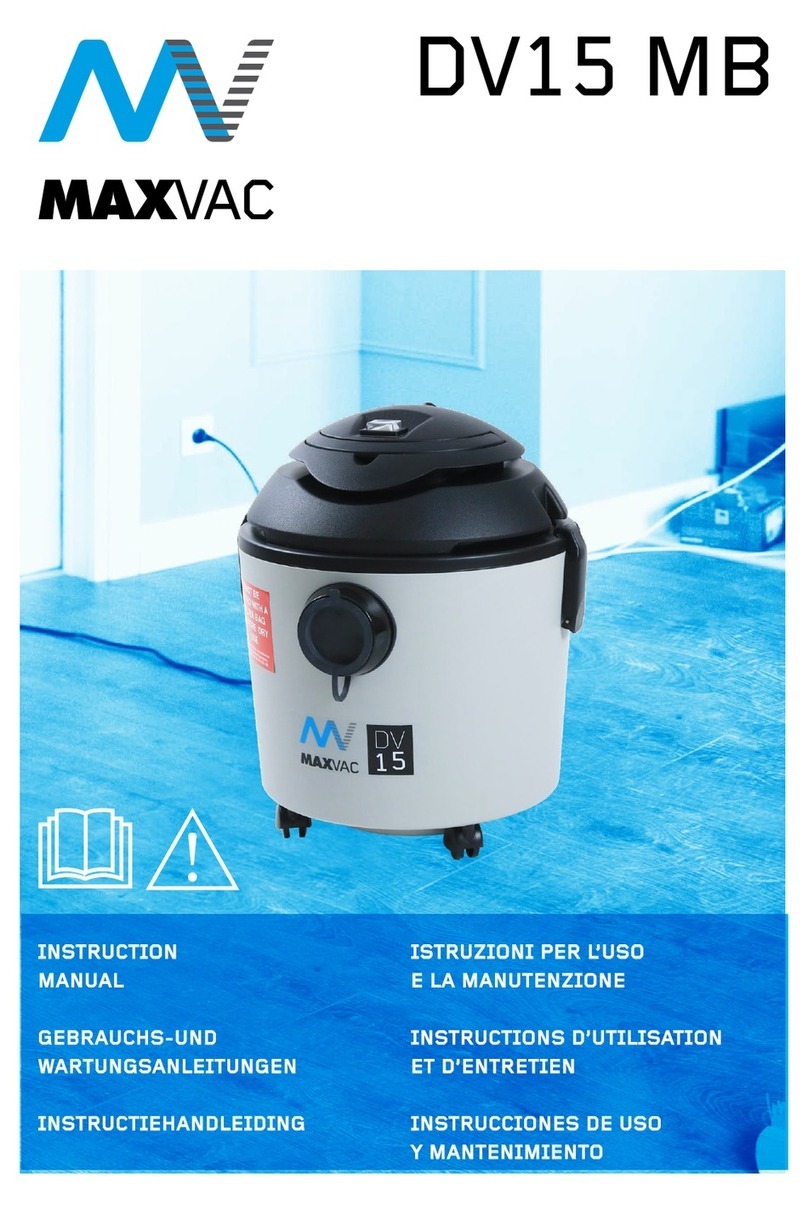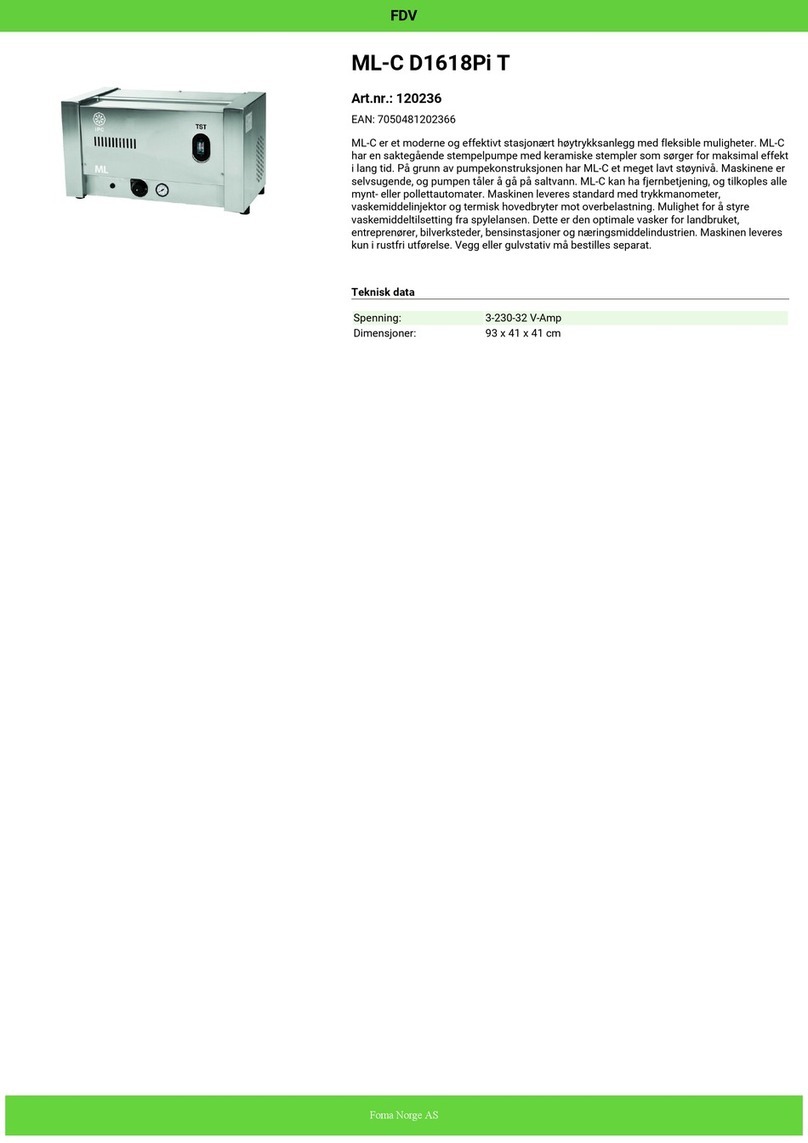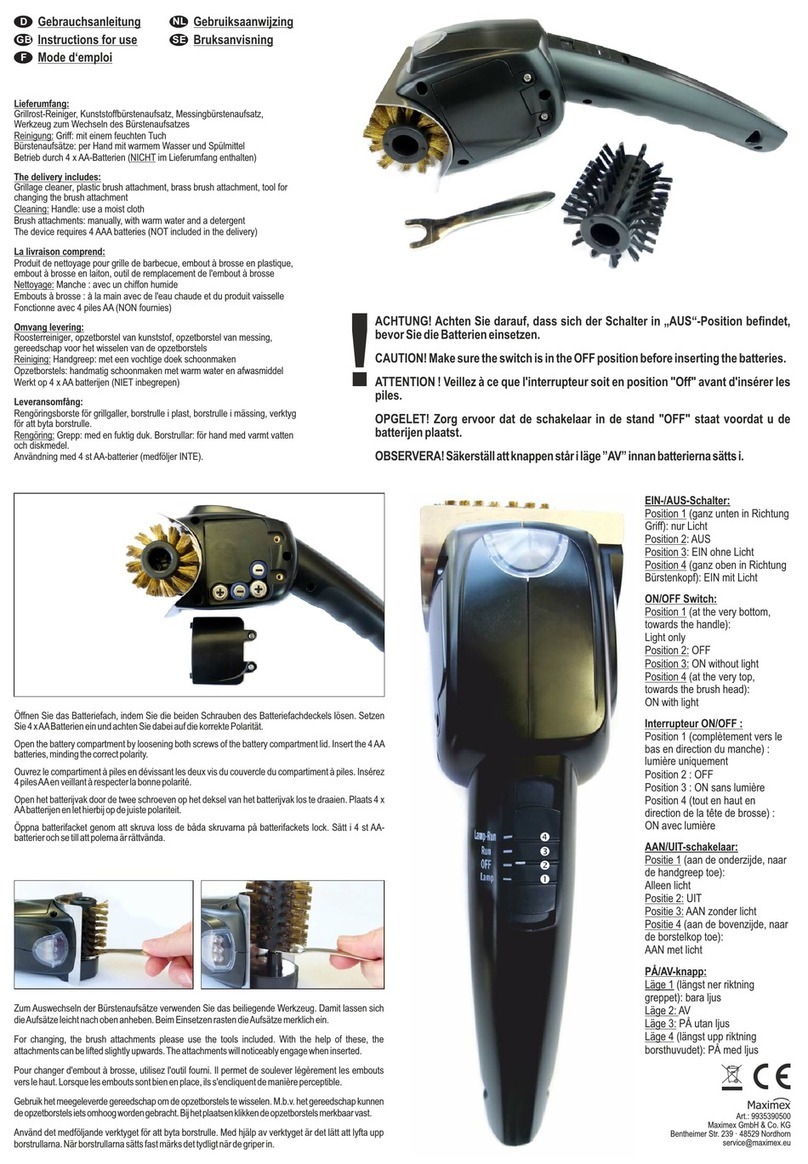Makita VC010G User manual
Other Makita Ultrasonic Jewelry Cleaner manuals

Makita
Makita DCL181F User manual

Makita
Makita CL107FD User manual

Makita
Makita CL183D User manual
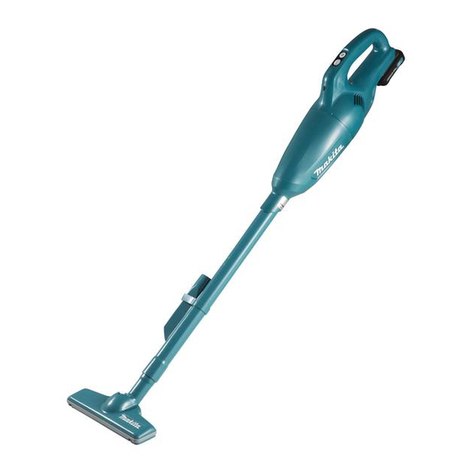
Makita
Makita CL108FDSA User manual

Makita
Makita CL108FD User manual
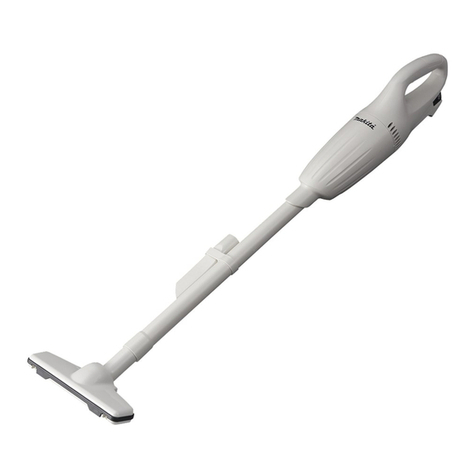
Makita
Makita CL070D Series User manual

Makita
Makita XLC04 User manual

Makita
Makita DCL280F User manual

Makita
Makita CL108FD User manual

Makita
Makita DCL285F User manual

Makita
Makita CL003G User manual

Makita
Makita CL111D User manual

Makita
Makita CL070D Series User manual

Makita
Makita DCL181F User manual

Makita
Makita CL183D User manual
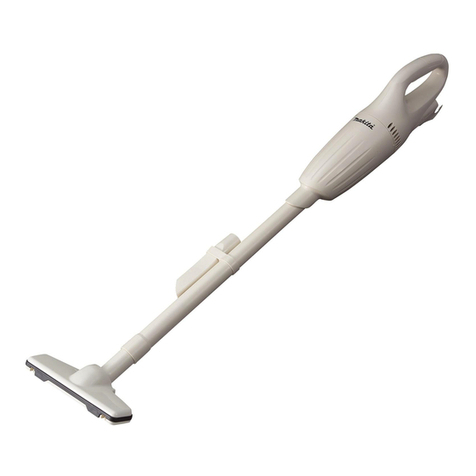
Makita
Makita CL100D User manual
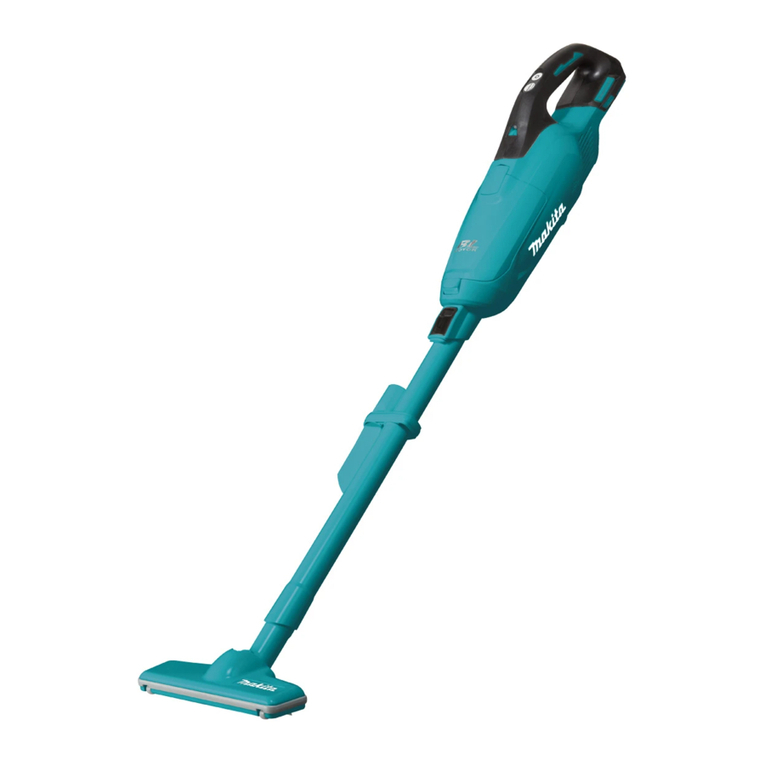
Makita
Makita DCL282F User manual
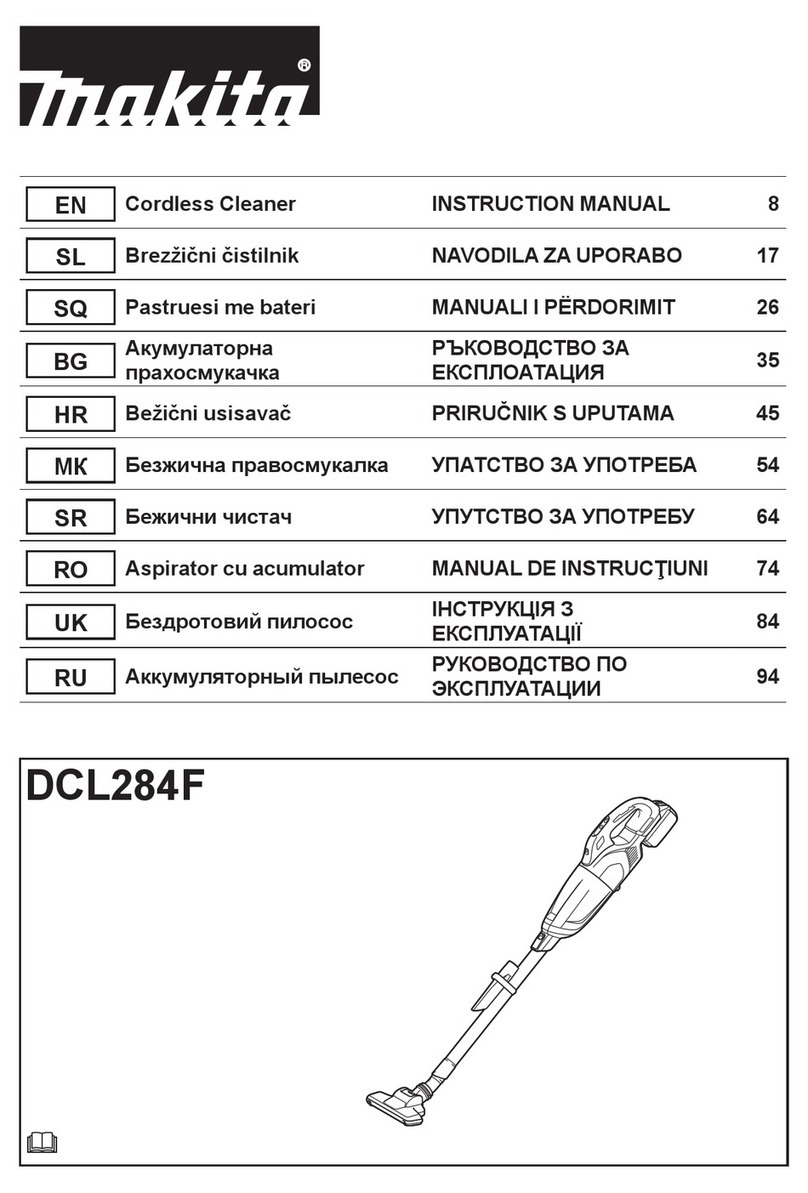
Makita
Makita DCL284F User manual
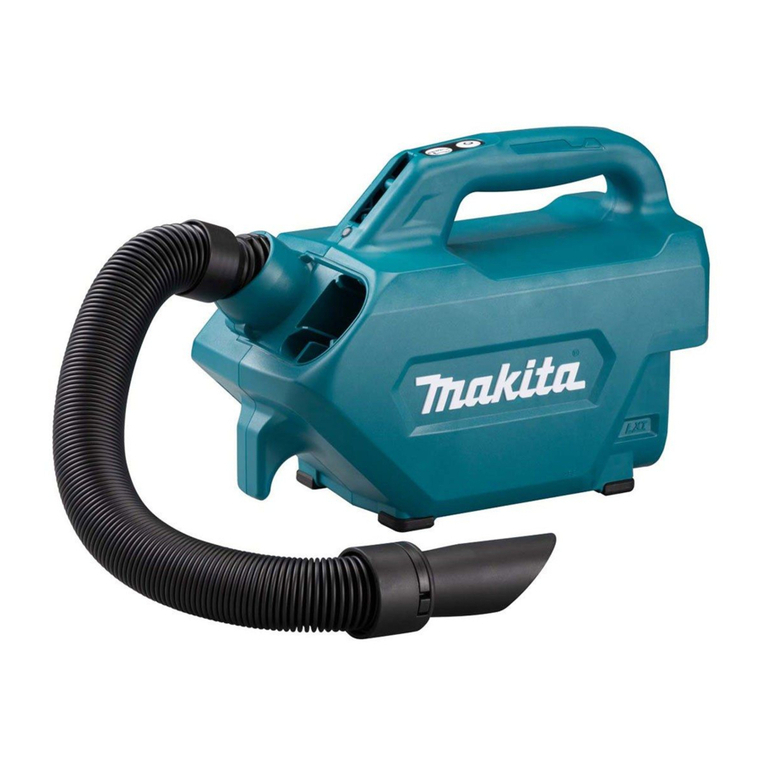
Makita
Makita DCL184 User manual

Makita
Makita CL105D User manual

